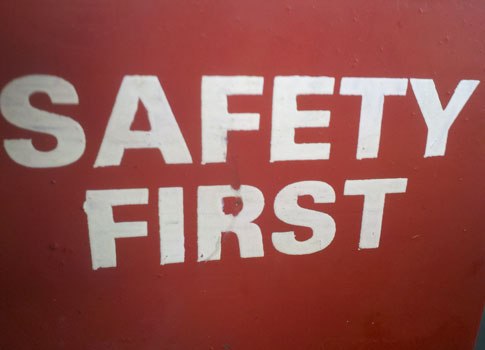Control engineers should offer railroads simpler and more cost-effective systems to automatically slow or stop trains as needed to lower risk.

Are control engineers missing opportunities to more effectively lower risk for train engineers and their passengers? It seems that easier, less expensive retrofit applications of automation technology to trains could drastically lower risk of multiple accidents related to apparent errors by train engineers.
- In Chicago on March 24, a commuter train crashed past a station bumper and went up an escalator, resulting in multiple injuries; had people been in the wrong place at the wrong time, deaths could have resulted.
- In New York, a February 2013 crash killed four and injured more than 60.
- In Spain, July 2013, 80 people died and more than 100 were injured when a train failed to slow for a curve.
Manufacturing machines can stop automatically to reduce risk. Automobiles can stop automatically to reduce risk. And trains? Some railroads have installed positive train control (PTC) systems. The U.S. National Transportation Safety Board has recommended PTC for years, said a 2007 post on the NTSB site. Current systems, some suggest, are costly and complex. Developments to watch: Smarter, less expensive, easier-to-install machine vision, sensors, and fail-safe controllers to slow or stop trains based on obstacles or conditions…before more people die. (This seems like so last century.) Putting related keywords into a browser returns attorney advertisements among search results. I cannot imagine that paying damages and attorney fees could be more cost effective than installing PTC safety systems on trains. Below, see related links.
– Mark T. Hoske, content manager, CFE Media, Control Engineering, [email protected].
ONLINE extras
CBS Chicago: O’Hare commuter train crashes
Huffington Post: NYC train crash
NTSB said in 2007 it had been recommending positive train control for years.




